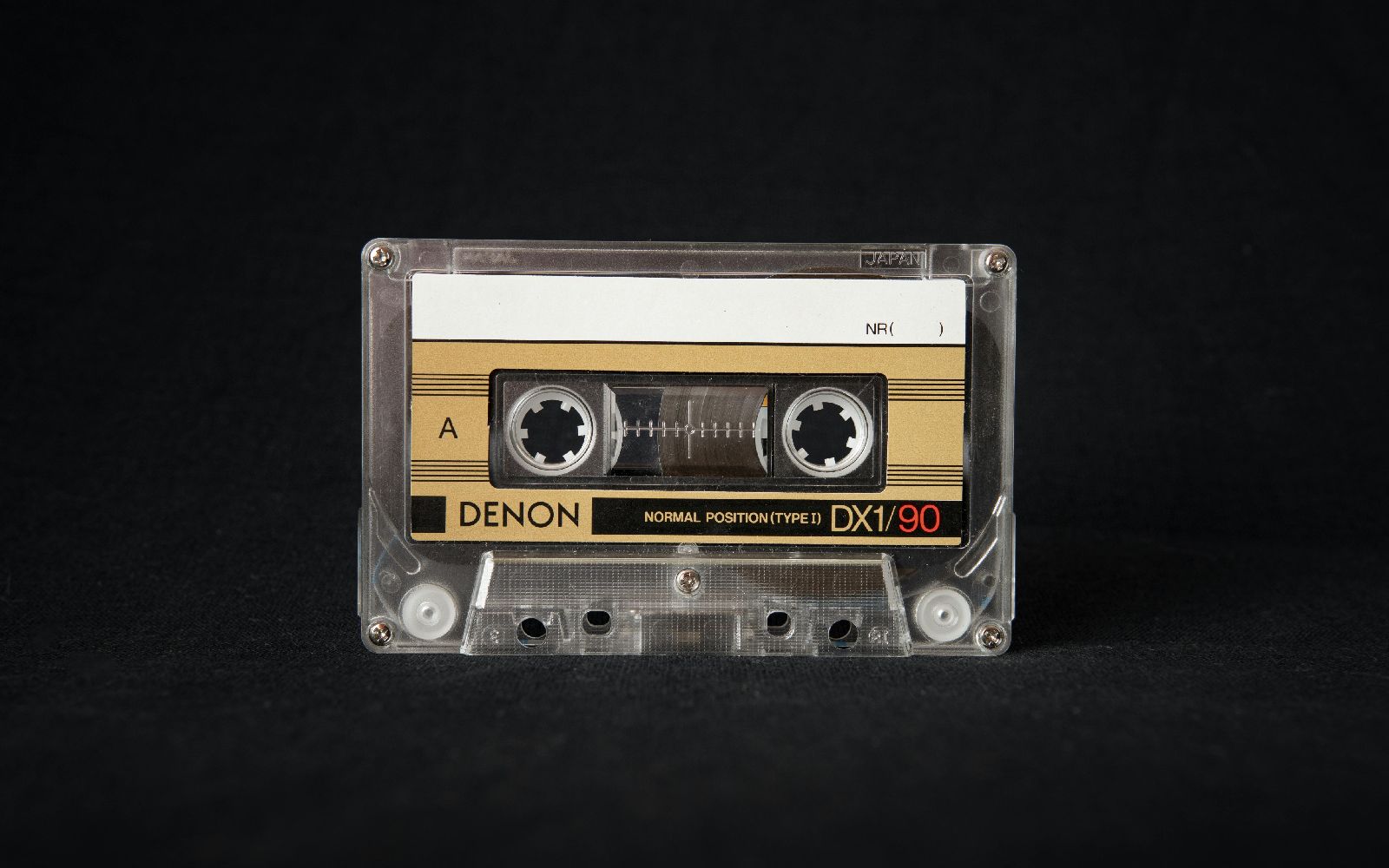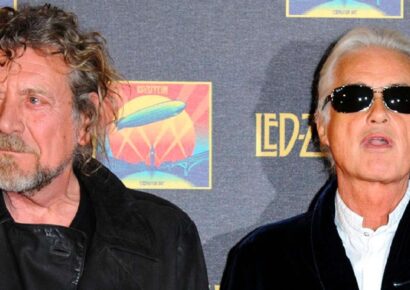The introduction of the compact cassette by Philips in 1963 would prove to become one of the most influential innovations in the way people would consume and distribute music for the next 30 years.
The clue to its importance was in the name. The compact cassette was not trying to reinvent the wheel – or in this case, the reel-to-reel recorder and ¼” tape – but instead, was merely shrinking it down into something portable and affordable that anyone would be able to use.
Never intended to rival the audio quality of the existing larger tape formats, the cassette’s design was its genius, with a narrow 3.15 millimetres width of tape that ran at 1-7/8 inches per second. Indeed, Philips was merely reacting to what it perceived as a gap in the home entertainment market, following on from its success in producing the EL 3585 portable home reel-to-reel system in the 1950s.
Read more gear features, artist interviews and how-to columns here.
They were also informed in their decision by work being carried out by the US broadcaster CBS, who had developed a single-reel cartridge tape in the late 1950s. Although not pursued as a commercial product, the work by CBS in conjunction with a company called 3M resulted in advances in tape particle formulation, as well as proving that a thinner tape was capable of sound reproduction of an adequate quality for the casual listener. Interestingly, those early cartridges also featured three-track stereo, with the third track being used for adding reverb and ambient noise.
Philips released the EL3300 Compact Cassette Recorder in 1963, which was a transistor device powered by 1.5V C cell batteries. Although intended for dictation purposes, Philips’ decision in 1964 to freely license the cassette standard — including the bias, EQ circuitry, frequency response, tape width and head gap — meant that it was quickly adopted by other electronics manufacturers, resulting in advances in the quality of tape recorders and widespread popularity of the format.
By 1965 Philips was producing Musicassettes, which were tapes containing pre-recorded music. This coincided with the development of the Dolby B noise reduction feature on cassette machines, an analogue signal processing component that helped to better reproduce the dynamic range and EQ curve of the sound, resulting in a much more musical listening experience.
Fostex
Fostex and Tascam were quick to pursue the home recording possibilities the cassette offered, with the Fostex 250 and Tascam Portastudio becoming widely used by musicians. Keith Richards famously bought an early machine for recording home demos, enjoying the distorted sound he could achieve from pushing the signal into the red so much that he used it to record guitar parts on songs such as ‘Street Fighting Man’ and ‘Jumpin’ Jack Flash’ with the Rolling Stones.
The next advancement that solidified the popularity of the tape and helped to eradicate the eight-track format was the development of the car radio cassette system in the late 1960s. This development meant that not only could you buy new music releases in a conveniently compact format as well as record whatever you wanted onto them, you could even listen to them in your car.
Several major musical bodies in the US and Europe, such as the British Phonographic Industry (BPI), became concerned at the potential threat to copyright infringement and musical sales that home taping posed, resulting in the launch of the ‘Home Taping is Killing Music’ campaign in the 1980s. Such attempts to scare people out of taping copies of vinyl albums or radio shows were unsurprisingly ineffective due to the format’s sheer convenience.
Sony Walkman
Once Sony released a portable cassette player called the Walkman in 1979, such anti-taping arguments were more or less dismissed by the general public. Complete with portable headphones, the Walkman encouraged a generation of music fans to take their sounds with them wherever they went, and the advent of the boom box, which featured dual cassette decks, provided portability and seemingly encouraged music duplication through its design.
By 1983 pre-recorded cassettes were beginning to outsell vinyl records. Although the major labels were concerned at the drop in sales figures in one format — hence the anti-piracy campaigns — they were also enjoying selling the one product across two formats. In order to encourage people buying both the vinyl and tape versions of new music, some releases would feature additional material on the cassette version, and cassette singles would often feature songs not available in other formats.
The first cassette single, or cassingle, was released in the UK in 1980 by Bow Wow Wow, and was itself a pro-home piracy song titled ‘C30 C60 C90 Go!’. The cassette featured one blank side, presumably intended to be filled with whatever music the listener desired. Cassingles were not embraced as a format in the US until 1987, when Bryan Adams’ ‘Heat of the Night’ was the first American commercial release in the format.
By this time the popularity of the Compact Disc (CD) had sounded the death knell for the cassette, as the new discs offered both portability and a much higher audio quality. However, the cassingle remained a popular format until the mid-‘90s, with The Simpsons’ Michael Jackson-assisted (or perhaps not?) ‘Do the Bartman’, which was only released as a cassingle, claiming the top spot on the ARIA charts in 1991.
By 2005 the major record labels in the US had ceased production of pre-recorded cassettes. Although the format continues to return to this day thanks to both its DIY possibilities and novelty factor, the compact cassette’s time as a major music format had officially met its end.
See how far the Sony Walkman has come by continuing your reading here.

